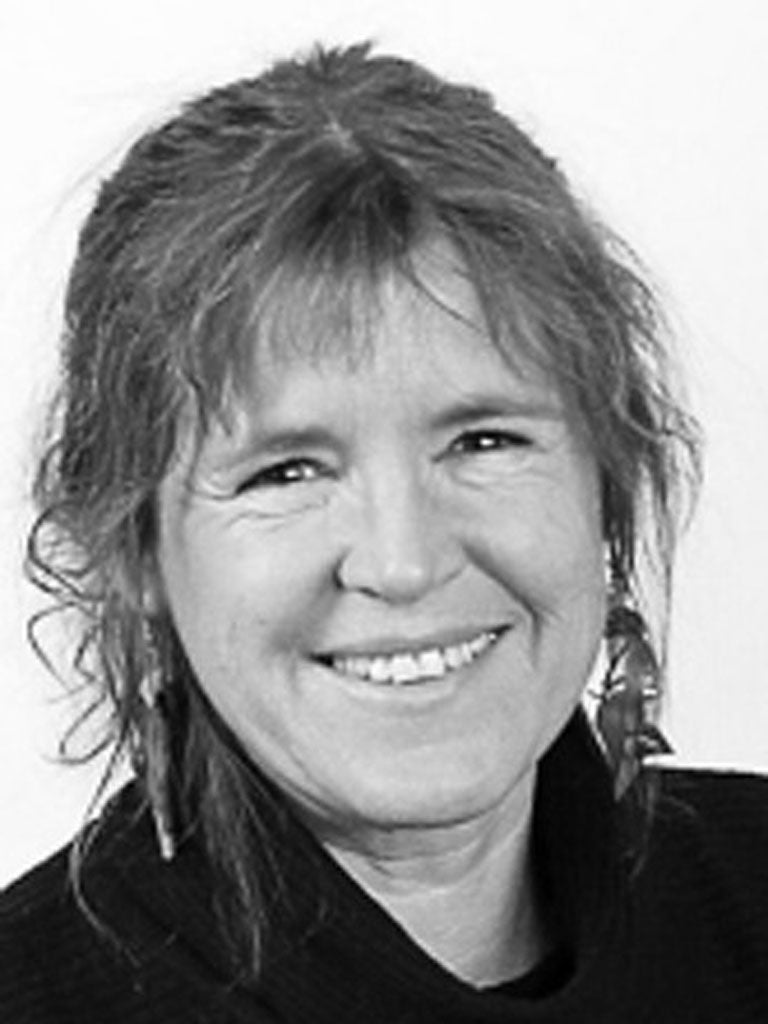Your support helps us to tell the story
From reproductive rights to climate change to Big Tech, The Independent is on the ground when the story is developing. Whether it's investigating the financials of Elon Musk's pro-Trump PAC or producing our latest documentary, 'The A Word', which shines a light on the American women fighting for reproductive rights, we know how important it is to parse out the facts from the messaging.
At such a critical moment in US history, we need reporters on the ground. Your donation allows us to keep sending journalists to speak to both sides of the story.
The Independent is trusted by Americans across the entire political spectrum. And unlike many other quality news outlets, we choose not to lock Americans out of our reporting and analysis with paywalls. We believe quality journalism should be available to everyone, paid for by those who can afford it.
Your support makes all the difference.Rudolf Steiner once described art as forever, its forms ever-changing. As co-founder of the Bavarian instrumental ensemble Fraunhofer Saitenmusik, Heidi Zink was at the forefront of a movement known as Neue Volksmusik, “New Folk Music”, that saw German folk music change its spots.
Fraunhofer Saitenmusik’s arrangements and virtuosity transformed what counted as folk music by bridging traditional and classical idioms, mainly from the German-speaking lands but also further afield with, among others, Breton, Bohemian, Finnish, Hungarian, Irish, Moravian and Scottish repertoire items.
Between the end of the Second World War and reunification in 1989 the weight of past and present hung heavy over the two Germanys’ traditional folkways and emergent folk scenes. There was regional folk music, epitomised by Tracht, or regional/folkloric costume. There was an embracing of Anglo-American folk and blues idioms declaring a deliberate distancing from the banality of German pop and commercial fake-Volksmusik groups.
There was a flowering of German-language song-makers. Spearheaded by folk bands such as Liederjan, Lilienthal, Ougenweide and Zupfgeigenhansel, new forms were applied to German folk music, several under the influence of British bands such as the Albion Band, Fairport Convention and Pentangle. As part of the next wave in the early 1980s Fraunhofer Saitenmusik not only spun Germany’s folk music compass on to an entirely different course but also set another gold standard.
Heidi-Marie Karutz was born in Berlin. Despite years of living in Bavaria she never entirely lost her Berlin twang though she dotted her speech with Bavarianisms. From her father she learnt the precision of musical notation and grammar, a schooling that underpinned her arranging and compositional skills. Moving to Munich to study sociology, she fell in with a Munich-born musician, Richard Kurländer. The duo began playing in public in August 1978 in the Fraunhofer, one of the oldest inns in Munich’s Gärtnerplatz district. Karutz played the Hackbrett – a regional trapezoid hammered dulcimer, literally “chopping board”. Kurländer played a variety of stringed instruments including the harp – hence the “Saitenmusik”, or “string music”, in their eventual name.
The inn on the Fraunhoferstrasse after which they named themselves itself is named after the physicist and astronomer Joseph von Fraunhofer (there were early tendencies to miscorrect it to “Frauenhofer”). Initially they performed as a Hackbrett and harp duo, though she would also contribute recorders and flute. In autumn 1981 they expanded with the arrival of guitarist Jörg Weickl and double-bassist Gerhard – “Gerri”, and also “Gary” – Zink, whom she shortly married. They built an initial following in cabaret clubs and folk venues and festivals across the alpine lands.
Their 1983 debut on the Munich-based Trikont label was Volksmusik in schwierigen Zeiten (“Folk music in difficult times”). Two years later, with Weickl gone, the core trio continued, their next album delivering another statement of a title, Gegen den Rhythmus der Zeit (“Against the rhythm of the time”), and the disquisition of Kurländer-arranged material from library sources and by relatively obscure composers including Bochsa, Carulli, Knaffl and O’Carolan.
All the elements that would sustain Fraunhofer Saitenmusik were in place by 1985. Afterwards, they and their regular guitarist Michael Klein would supplement selected projects with guest musicians. One outstanding project featured the Danish duo of Harald Haugaard and Morten Alfred Hoirup for their dreissig (2007) – the title a dialect form of dreizig, or “30”. Central to the mix was Zink’s Hackbrett and her gift for arranging and adapting.
Fraunhofer Saitenmusik revolutionised German folk music, creating a form of chamber folk with arrangements, many Zink’s, of folk and dance tunes or classical compositions for small ensembles. A long-established music teacher, when she died of a heart attack Zink was about to become co-director of the Pierre-van-Hauwe-Musikschule in Inning.
Heidi-Marie Karutz, musician, composer, arranger and teacher: born Berlin 3 April 1954; married 1982 Gerhard Zink (one daughter); died Windach, Bavaria 23 June 2013.

Join our commenting forum
Join thought-provoking conversations, follow other Independent readers and see their replies
Comments